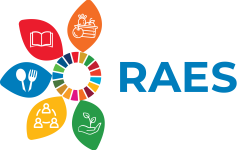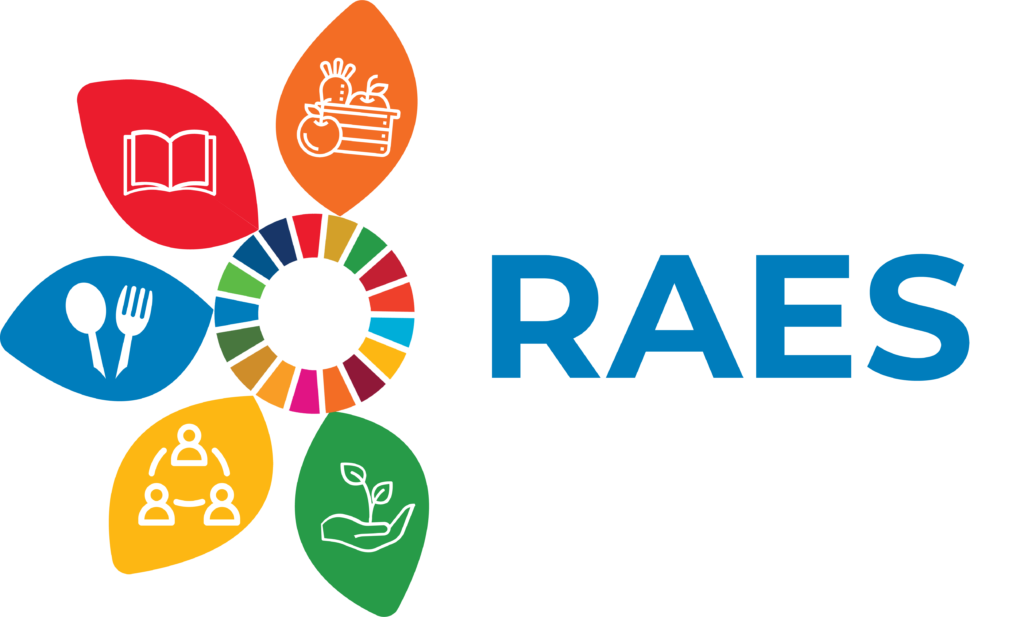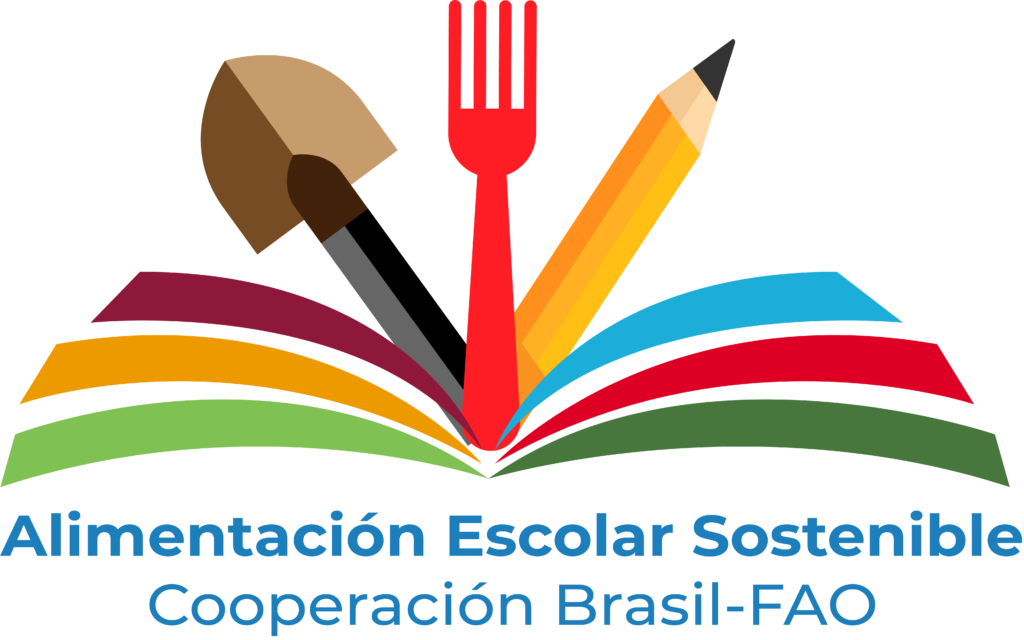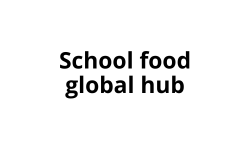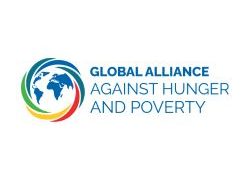A study by the Institute for Applied Economic Research (Ipea) reinforces the importance of programmes such as PNAE to improve nutritional indicators and promote sustainable territorial development.
Brasília, Brazil, January 14, 2025 – Supplying food for government programmes increases the average income of Brazilian family farmers, with a more significant impact on those with lower incomes. This is the finding of a study published in January 2025 by the Institute for Applied Economic Research (Ipea), which analyzed the impact of the National School Feeding Programme (PNAE) and the Food Acquisition Program (PAA) on suppliers’ income.
The research showed that selling food to PNAE has a positive effect ranging from 23% to 106%, while being a supplier for PAA increases farmers’ income by 19% to 39%. In both cases, the largest impacts are seen among lower-income farmers, the main target audience of these policies.
Through PNAE, the National Fund for Educational Development (FNDE) transfers resources to serve approximately 41 million students enrolled in basic education in municipal, district, state, and federal networks. Since 2009, by legal mandate, at least 30% of these resources must be invested in the direct purchase of products from family farming.
In PAA, governments purchase food from family farmers through public calls, without the need for bidding. The programme has several modalities, but the main one, called Purchase with Simultaneous Donation, prioritizes economically vulnerable groups. The acquired products are donated to assistance and philanthropic organizations and used to supply prisons, popular restaurants, community kitchens, food banks, and other public facilities.
“The results confirm the recognition by experts and international organizations that public food procurement from family farming is a strategic administrative tool for the State to address various dimensions of the governmental agenda. This statement is especially valid when aiming to improve population nutritional indicators, encourage sustainable production models, and promote rural development by generating income for the benefiting producers, as established in international agreements such as the Sustainable Development Goals,” the study’s researchers affirm.

The research also highlighted the strategic importance of these programmes for small farmers, as higher-income farmers already have other channels to market their products. To estimate the income impact, researchers cross-referenced purchasing data from the two programmes with records from the Declaration of Aptitude to Pronaf (DAP), later replaced by the Family Farming Registry (CAF), a mandatory document to access public food procurement markets. Various statistical techniques were applied to reduce biases and create comparable groups, enabling more precise analyses of the programs’ effects.
Other Findings
The study revealed that family farmers from the Brazilian South and Southeast regions, with higher organizational and productive capacity, had more opportunities to participate in PNAE. Additionally, the study found that education levels affect access to these programmes: farmers with higher levels of education are more likely to participate in both, as education influences their ability to obtain and understand information about the rules and requirements of these public policies.
RAES
Since its creation in 2018, the Sustainable School Feeding Network (RAES), developed by FNDE, the Brazilian Cooperation Agency (ABC), and the Food and Agriculture Organization of the United Nations (FAO), promotes public procurement from family farming for school feeding programmes, which is recognized as a strategic action to ensure local territorial development, provide income, and improve the dignity of millions of farming families. In this sense, the Ipea study provides further evidence to strengthen the relevance of linking family farming with school feeding programmes in Brazil and other countries in Latin America and the Caribbean.
Read the full study at this link.
Content adapted by RAES team from the Ipea website
